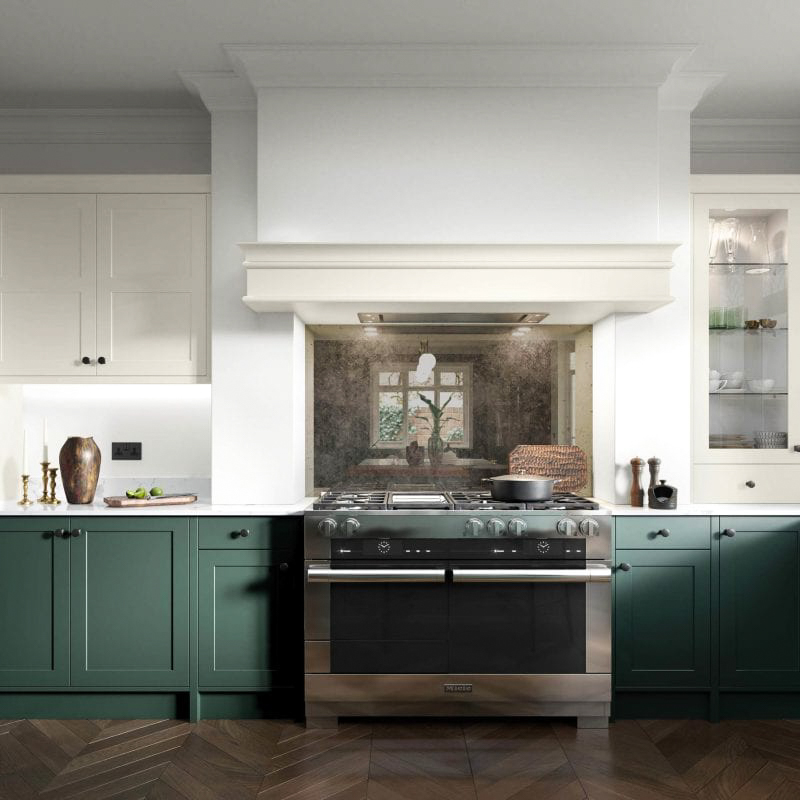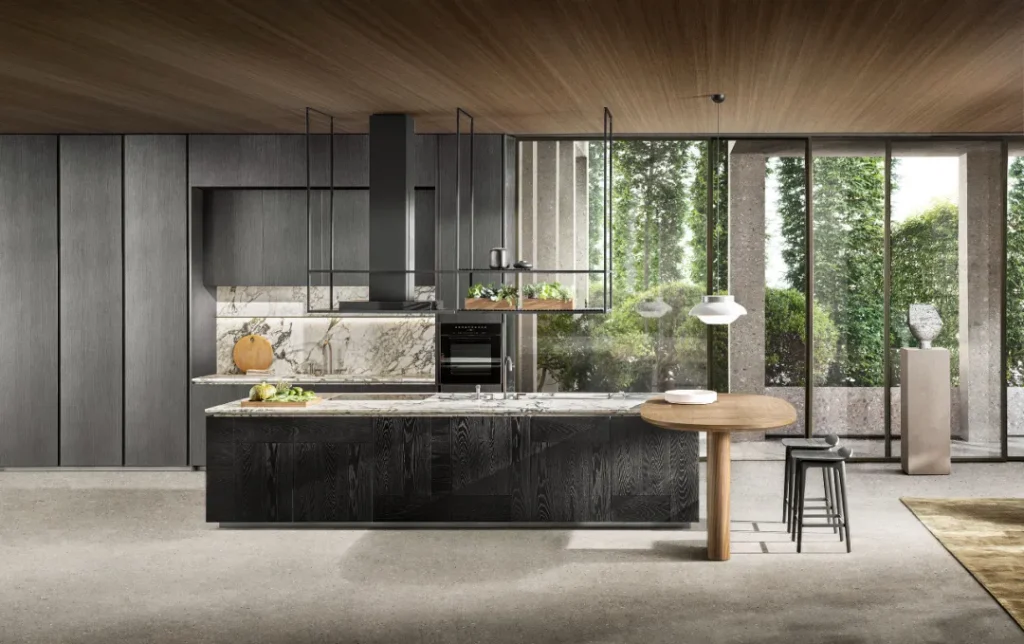Long and Lean: The Mesmerizing Brilliance of Thin Lights

The Beauty of Thin Lights
Thin lights, also known as linear lights or LED strip lights, are rapidly gaining popularity in the world of home and commercial lighting. They offer a sleek and sophisticated alternative to traditional light sources, with the added benefits of energy efficiency and versatility. Thin lights consist of a flexible circuit board with LED diodes placed at regular intervals, providing uniform lighting and easy installation.
The Advantages of Thin Lights
One of the most significant advantages of thin lights is their flexibility. The thin, lightweight design allows them to be installed in a variety of settings, including curved surfaces and tight corners. Additionally, their low profile makes them ideal for applications where space is limited. Thin lights also offer a wider range of color temperatures, allowing for greater control over the ambiance and mood of a space.
Another significant advantage of thin lights is their energy efficiency. LED lights are known for their low power consumption and long lifespan, making them an environmentally friendly and economically sound choice. Thin lights are even more efficient than traditional LED bulbs and can provide substantial energy savings over time.
Applications of Thin Lights
The versatility of thin lights makes them an ideal choice for a wide range of applications. In the home, they can be used for under-cabinet lighting, cove lighting, and accent lighting. They can also be used for outdoor applications, such as highlighting a garden walkway or providing illumination for an outdoor patio. Additionally, their flexibility allows for creative applications in home decor, such as highlighting artwork or creating a unique lighting feature for a room.
In commercial settings, thin lights are often used for decorative accents, such as highlighting the contours of a building or illuminating signage. They are also a popular choice for retail settings, where they can be used to emphasize product displays or provide ambient lighting for a store.
Choosing the Right Thin Lights
When choosing thin lights for a particular application, there are several factors to consider. One of the most important is the color temperature of the lights. Warm white is typically used for residential settings, while cooler temperatures are often used in commercial and industrial settings. Additionally, the brightness of the lights should be carefully considered, depending on the intended use and location of the lights.
The quality of the materials and construction of the lights is also an important factor to consider. Lower quality materials may lead to inconsistent lighting and a shorter lifespan for the lights. It’s important to choose a reputable brand and supplier to ensure the highest quality lights.



